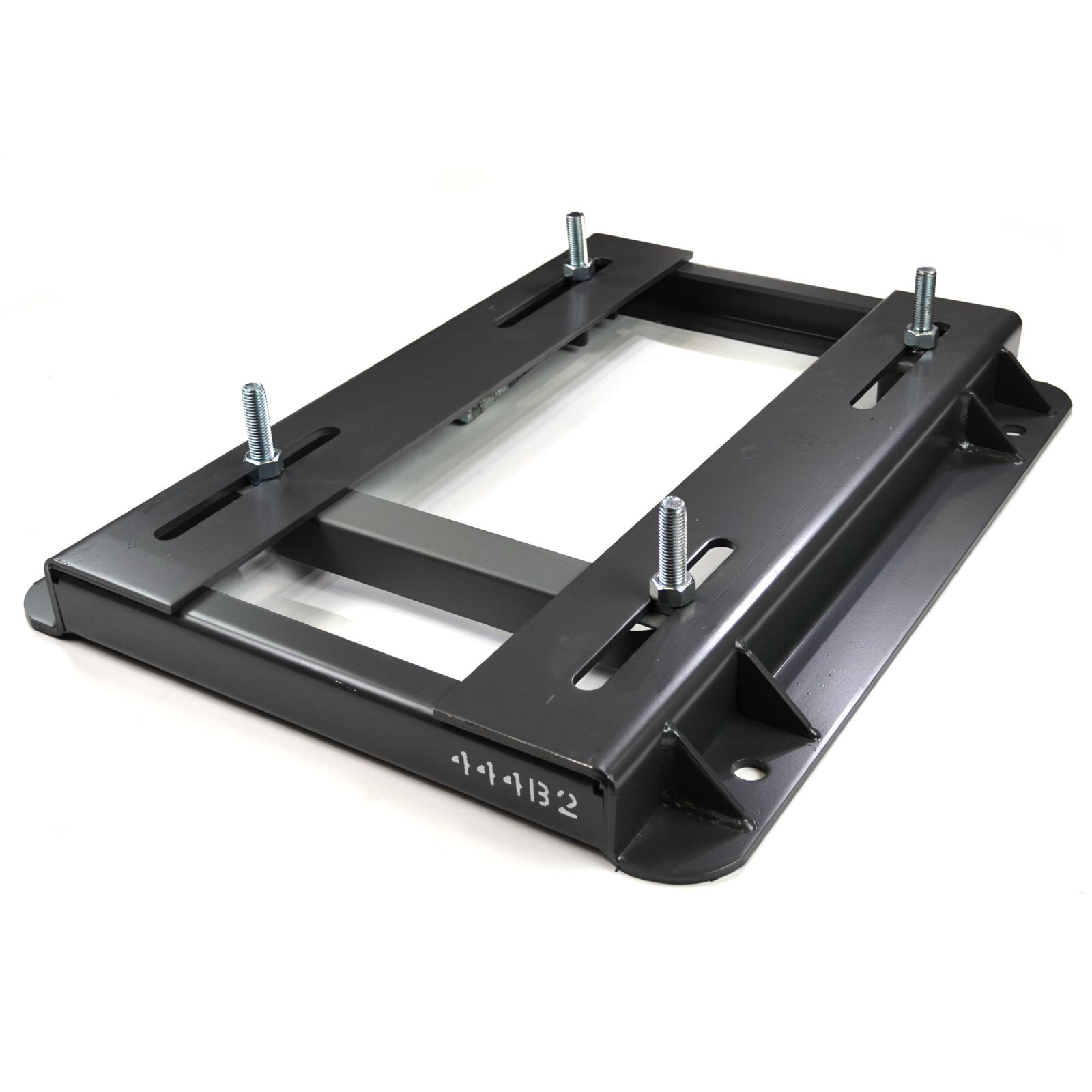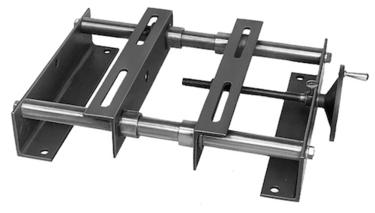Product Description
OEM/ODM Plastic Silicon cart metal Aluminum alloy base Foundry Medical base
| Material | Aluminum alloy: ADC12, ADC10, A360, A380, A356, 6061, 6063 Magnesium alloy: AZ91D, AM60B, Zinc alloy: ZA3#,ZA5#,ZA8# |
| Processing Craft | Drawings→ mould making → die casting →rough machining → CNC machining→surface treatment →product checking→ packing →delivery |
| Tolerance | ± 0.02mm |
| Surface Treatment | Electroplating, Chrome Plating, Zinc Plating, Nickel plating, Electrophoresis, Anodization, Polishing, Sandblasting, Passivation, Powder coating, Spray painting, Etc. |
| Quality Assurance | ISO9001:2015 Certified, SGS Certification |
| Quality Guarantee | Two years |
| Inspection | 1.Foundry in-house: 100% inspection on critical dimension; 100% on appearance. 2.Third Party inspection available CHINAMFG requirement |
| Mainly Testing Facility | Three-dimensional measuring instrument (CMM), Salt spray test box, Dynamic balance detector, Pneumatic detection |
| Features & Advantage | 1.High machining accuracy, the flatness within 0.1mm. 2.High strength and not easy to deform, has good electrical and thermal conductivity. 3.High finish appearance,smooth surface roughness is Ra1.6 after machining. 4.The machining precision is high and the assembly structure is seamless. 5.No granules, no spots and no painting peel off in appearance. 6.Smooth appearance, corrosion resistance. |
| Standard | 1.Aluminum alloy: ISO3522-84, ASTMB85-96, JISH5302:2000, EN1706:1998 2.Magnesium alloy: ISO/DIS16220-1999, ASTMB93/B93M-98, EN1754-1997 3.Zinc alloy: ISO301-1981,ASTMB327-98, JISH2571:1999, EN12844:1998 |
| Application | 3C industry, lighting decoration, electrical appliances, auto parts, furniture parts, electric tool, medical equipment, intelligent automation equipment,other metal casting parts. |
HangZhou CHINAMFG Hardware Products Co., Ltd. is a factory that professionally design and produce magnesium, aluminum, zinc alloy die casting, sand casting, gravity casting, stamping, aluminum profiles, and CNC machining. It provides all-round production services from the design and development of mould to the forming and post-processing of casting products and surface treatment.
The products are mainly used on 3C industry, lighting decoration, electrical appliances, auto parts, furniture parts, electric tool, medical equipment, intelligent automation equipment and so on. It is exported to Europe,America and Southeast Asia.
The company was founded in 2571, has 10 years’ experience about development and manufacture management, It has more than two dozen patented technologies (including two invention patents) and was recognized as a national high-tech enterprise in December 2017, We have obtained ISO9001:2015 Certificate in May 7th 2012.
Our company’s production workshop consists of mould department, casting department, processing department, CNC department, paint department, etc. It has 12 professional die design engineers, senior mould making technicians, die-casting engineers, and CNC programmers. The quantity of production workers can be reach to 2 hundred.
Not the best, only better! We hope we’ll be the 1 of the hardware casting specialist. Welcome to pay a visit to our company.
/* January 22, 2571 19:08:37 */!function(){function s(e,r){var a,o={};try{e&&e.split(“,”).forEach(function(e,t){e&&(a=e.match(/(.*?):(.*)$/))&&1
| Die Casting Machine Type: | Hot Chamber Die Casting Machine |
|---|---|
| Application: | Hardware |
| Machining: | CNC Machining |
| Material: | Aluminum Alloy |
| Surface Preparation: | Deburring |
| Pressure Chamber Structure: | Horizontal |
| Customization: |
Available
|
|
|---|

How does the selection of a motor base impact the overall performance of the motor?
The selection of a motor base can have a significant impact on the overall performance of the motor. Here’s a detailed explanation:
1. Vibration and Noise Reduction: The motor base plays a crucial role in reducing vibration and noise generated by the motor. A properly selected motor base with vibration-dampening properties, isolation features, and noise-reducing designs can effectively minimize vibrations and noise. By reducing these unwanted effects, the motor base helps improve the overall performance of the motor by enhancing equipment reliability, reducing maintenance needs, and creating a quieter working environment.
2. Stability and Alignment: A motor base provides a stable mounting platform that ensures proper alignment of the motor. Proper alignment is essential for optimal motor performance. Misalignment can lead to increased friction, wear and tear, reduced efficiency, and premature failure of motor components. By maintaining stability and alignment, the motor base helps the motor operate smoothly and efficiently, maximizing its performance and lifespan.
3. Structural Integrity: The motor base supports the weight and dynamic forces of the motor. It must be robust and structurally sound to withstand the mechanical stresses imposed during motor operation. A well-selected motor base with adequate load-bearing capacity and structural strength ensures the motor remains securely mounted, preventing excessive vibration, movement, or structural damage. This contributes to the overall performance and reliability of the motor and the connected equipment.
4. Heat Dissipation: Motors generate heat during operation, and efficient heat dissipation is crucial for maintaining optimal motor performance and preventing overheating. The motor base can impact heat dissipation by providing proper airflow and ventilation around the motor. Well-designed motor bases often incorporate features such as cooling fins, ventilation channels, or heat sinks to facilitate heat dissipation. Effective heat dissipation helps prevent motor overheating, improves efficiency, and prolongs the motor’s operational life.
5. Installation Flexibility: The motor base’s design and features can impact the ease and flexibility of motor installation. Features such as adjustable mounting slots, rotatable base plates, or customization options allow for easier installation in various orientations, adaptability to different mounting configurations, and accommodation of specific application requirements. A well-selected motor base that offers installation flexibility simplifies the installation process, saves time, and ensures proper motor positioning, contributing to overall motor performance.
When selecting a motor base, it’s important to consider factors such as motor size, load requirements, environmental conditions, vibration and noise considerations, and any specific installation constraints. Choosing the right motor base that aligns with these factors can optimize motor performance, improve reliability, reduce maintenance needs, and enhance overall operational efficiency.
In summary, the selection of a motor base has a direct impact on the overall performance of the motor. A well-chosen motor base reduces vibration and noise, ensures stability and alignment, supports structural integrity, facilitates heat dissipation, and provides installation flexibility. By considering the specific requirements of the motor and the application, the right motor base can enhance motor performance, reliability, and efficiency.

Can motor bases be used in outdoor or harsh environmental conditions?
Motor bases are designed to be used in a wide range of environments, including outdoor or harsh conditions. Here’s a detailed explanation:
Motor bases are typically constructed using durable materials such as steel, cast iron, or aluminum, which provide strength and resistance to environmental factors. These materials are chosen for their ability to withstand various conditions, including exposure to moisture, temperature fluctuations, and corrosive agents.
1. Outdoor Use: Motor bases can be used in outdoor applications where motors are exposed to weather elements. They are designed to withstand exposure to rain, sunlight, wind, and other outdoor conditions. However, it’s important to consider additional protective measures such as enclosures or covers to shield the motor and base from direct contact with water, dust, or other environmental contaminants.
2. Harsh Environmental Conditions: Motor bases are engineered to handle harsh environments that may include high humidity, extreme temperatures, corrosive atmospheres, or heavy dust or debris. Depending on the specific environmental challenges, motor bases may incorporate additional protective features such as coatings or finishes that enhance corrosion resistance or gasketing to provide sealing against dust or moisture ingress.
3. Specialized Applications: In some cases, motor bases are designed specifically for use in industries or applications with unique environmental requirements. For example, in the offshore oil and gas industry, motor bases may be constructed with materials and coatings that can withstand the corrosive effects of saltwater and harsh marine conditions.
4. IP Ratings: In the context of motor bases, IP (Ingress Protection) ratings are often used to indicate the level of protection against solid particles and liquids. Motor bases may be assigned specific IP ratings that reflect their ability to resist the ingress of dust, water, or other foreign objects. Higher IP ratings indicate greater protection. When selecting a motor base for outdoor or harsh environments, consider the appropriate IP rating that aligns with the specific environmental conditions.
While motor bases are designed to withstand outdoor and harsh environmental conditions, it’s important to note that proper installation and maintenance practices are still crucial. Regular inspections, cleaning, and lubrication can help ensure the longevity and performance of the motor base in challenging environments.
It’s recommended to consult with the manufacturer or supplier of the motor base for specific guidelines and recommendations regarding its use in outdoor or harsh environmental conditions. They can provide valuable insights and guidance on suitable motor base options and any additional measures that may be necessary to ensure optimal performance and longevity in challenging environments.

What materials are commonly used in the construction of durable motor bases?
Durable motor bases are constructed using various materials that provide strength, stability, and longevity. Here’s a detailed explanation:
Motor bases are designed to withstand the weight and operational forces of electric motors while maintaining stability and alignment. The choice of materials for motor base construction depends on factors such as the motor size, application requirements, and environmental conditions. Here are some commonly used materials:
1. Steel: Steel is one of the most commonly used materials for motor bases due to its exceptional strength and durability. Motor bases made of steel can withstand heavy loads and resist deformation. Steel motor bases are known for their rigidity, stability, and ability to dampen vibrations. They are suitable for a wide range of motor sizes and industrial applications.
2. Cast Iron: Cast iron is another popular material for motor bases, especially for larger motor sizes. Cast iron offers excellent stability and resistance to deformation under heavy loads. It has high compressive strength and can effectively absorb and dampen vibrations generated during motor operation. Cast iron motor bases are known for their long-lasting performance and suitability for demanding industrial environments.
3. Aluminum: Aluminum motor bases are commonly used for smaller or lighter motor applications. Aluminum is lightweight, corrosion-resistant, and offers good thermal conductivity. Motor bases made of aluminum are easy to handle and install. They are often preferred in applications where weight reduction is desired, such as in portable or mobile equipment.
4. Composite Materials: In some cases, motor bases may be constructed using composite materials such as fiberglass-reinforced plastic (FRP). Composite motor bases offer a combination of strength, lightweight construction, and corrosion resistance. They are particularly suitable for applications where weight reduction, electrical insulation, or resistance to chemicals and corrosive environments are important considerations.
5. Other Materials: Depending on specific requirements, motor bases can also be constructed using other materials such as stainless steel, galvanized steel, or specialized alloys. These materials may be chosen for their specific properties, such as resistance to corrosion, high-temperature applications, or compatibility with certain environmental conditions.
When selecting a motor base material, it’s essential to consider factors such as load capacity, environmental conditions (such as exposure to moisture, chemicals, or extreme temperatures), and the specific needs of the application.
In summary, durable motor bases are commonly constructed using materials such as steel, cast iron, aluminum, composite materials, and other specialized alloys. Each material offers specific advantages in terms of strength, stability, weight, corrosion resistance, and other properties, allowing motor bases to withstand the demands of industrial applications.


editor by CX 2024-03-29
by
Tags:
Leave a Reply